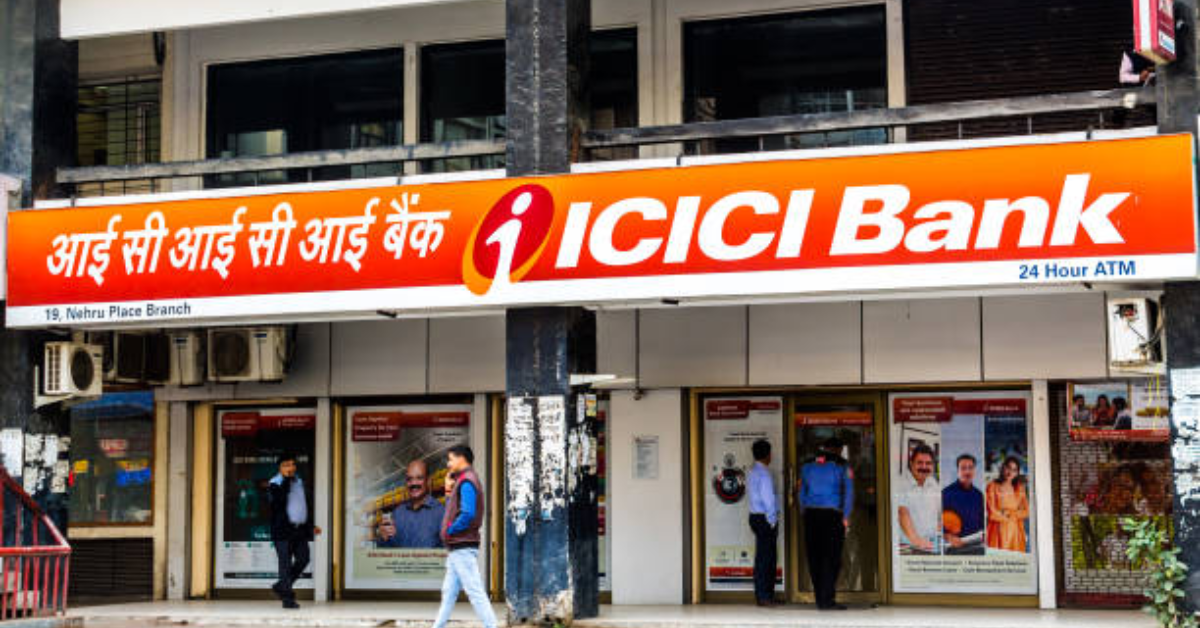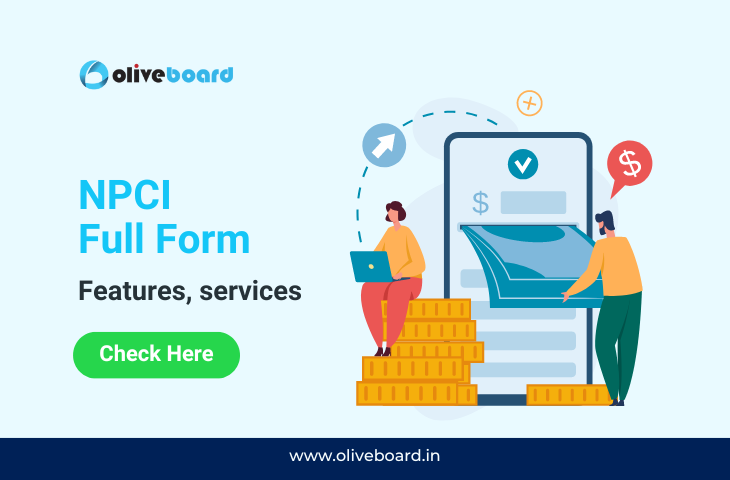Full Form of NPCI
Full Form of NPCI: The National Payments Corporation of India (NPCI) is a non-profit organization. Set up in 2008 the objective was to create a robust payment infrastructure in the country. A consortium of banks, including the Reserve Bank of India (RBI), owns it. It is mainly responsible for managing and operating several retail payment systems in India. NPCI has revolutionized the way payments are done in India, and its innovative payment solutions have made financial transactions faster, more secure, and more convenient for users.
Full Form of NPCI: NPCI’s Vision and Mission
NPCI’s vision is to create a “less-cash” society in India. Mainly to make digital payments the norm and limit the use of cash to only small transactions. The organization’s mission is to provide affordable, convenient, and secure payment solutions to all Indians. NPCI aims to achieve this mission by creating an interoperable payment infrastructure that all banks, financial institutions, and merchants can use.
NPCI’s Payment Systems
NPCI operates several payment systems in India, including the Unified Payments Interface (UPI), the National Automated Clearing House (NACH), the Bharat Bill Payment System (BBPS), and the Immediate Payment Service (IMPS). Let’s take a closer look at each of these payment systems.
- Unified Payments Interface (UPI)
UPI is a real-time payment system that enables users to transfer money between bank accounts instantly. The system is based on a mobile application that is available for download and used by anyone with a bank account. UPI has revolutionized the way payments are made in India, and it has become the preferred mode of payment for many users.
- National Automated Clearing House (NACH)
NACH is a bulk payment system that enables businesses to make multiple payments at once. It is used for recurring payments, such as salaries, dividends, and utility bills. NACH is a cost-effective and efficient way of making payments, and it has helped businesses save time and money.
- Bharat Bill Payment System (BBPS)
BBPS is a bill payment system that enables users to pay their bills online. It is a one-stop-shop for all bill payments, and it covers all major billers in India. BBPS has made bill payments more convenient for users, and it has reduced the need for physical bill payment centers.
- Immediate Payment Service (IMPS)
IMPS is a real-time payment system that enables users to transfer money between bank accounts instantly. It is available 24/7, and it is used for both person-to-person (P2P) and person-to-merchant (P2M) payments. IMPS has made it easier for users to make payments, and it has reduced the need for cash transactions.
NPCI’s Achievements
NPCI has achieved several milestones since its inception in 2008. Some of its notable achievements include:
- UPI’s Rapid Growth
UPI was launched in 2016, and it has grown rapidly since then. In March 2021, UPI processed more than 2 billion transactions, with a transaction value of over Rs 4 lakh crore. UPI has become the preferred mode of payment for many users, and
it has transformed the payments landscape in India. Its success can be attributed to its simplicity, ease of use, and interoperability.
- Interoperability of Payment Systems
NPCI has ensured that its payment systems are interoperable, which means that users can make transactions across different payment systems seamlessly. For example, users can transfer money from their bank account to a merchant’s account using UPI, and then pay their bills using BBPS. This interoperability has made it easier for users to make payments and has reduced the need for multiple payment apps.
- Financial Inclusion
NPCI has played a key role in promoting financial inclusion in India. Its payment systems have made it easier for people living in remote areas to access financial services. For example, people can use UPI to transfer money to their family members in another part of the country without having to travel long distances. This has helped to reduce the dependence on cash transactions and has increased the usage of digital payments in rural areas.
- Secure Payment Systems
NPCI has ensured that its payment systems are secure and safe to use. It has implemented several measures to prevent fraud, such as two-factor authentication, biometric authentication, and transaction limits. This has increased user confidence in digital payments and has made it easier for people to make transactions without the fear of fraud.
Challenges Faced by NPCI
Despite its success, NPCI faces several challenges in its mission to create a less-cash society in India. Some of the challenges include:
- Cash Dependency
India is still a largely cash-dependent economy, and many people prefer to use cash for their transactions. This is partly due to the lack of awareness and education about digital payments. NPCI needs to work on creating awareness campaigns to educate people about the benefits of digital payments.
- Infrastructure
While NPCI has made significant progress in creating a robust payment infrastructure in India, there is still a need for further investment in technology and infrastructure. This is particularly true in rural areas, where internet connectivity is poor, and digital infrastructure is lacking.
- Cybersecurity
As digital payments continue to grow in India, the risk of cyber attacks and fraud is also increasing. NPCI needs to ensure that its payment systems are secure and that users’ data is safe from cyber threats.
Conclusion
The National Payments Corporation of India has transformed the way payments are made in India. Its innovative payment systems have made financial transactions faster, more secure, and more convenient for users. Its mission to create a less-cash society in India has gained significant momentum, and its achievements are remarkable. However, there are still several challenges that NPCI needs to overcome, such as cash dependency, infrastructure, and cybersecurity. NPCI needs to continue to innovate and invest in technology and infrastructure to achieve its vision of creating a less-cash society in India.
Full Form of NPCI: Frequently Asked Questions
A1. NPCI stands for National Payments Corporation of India. It is a non-profit organization that operates payment systems in India.
A2. NPCI operates several payment systems in India, including UPI, IMPS, AEPS, NACH, and BBPS.
A3. UPI stands for Unified Payments Interface. It is a payment system developed by NPCI that allows users to transfer money between bank accounts using a mobile phone.
A4. IMPS stands for Immediate Payment Service. It is a payment system developed by NPCI that allows users to transfer money instantly between bank accounts.
A5. AEPS stands for Aadhaar Enabled Payment System. It is a payment system developed by NPCI that allows users to make transactions using their Aadhaar number and biometric authentication.
- RRB ALP Full Form, All You Need to Know About RRB ALP

- DBS Bank Full Form, All You Need to Know About DBS Bank

- ICICI Full Form, Check History of ICICI Bank, Current Status, Functions

- Chat GPT Full Form, All You Need to Know About ChatGPT

- SMS Full Form, All You Need to Know About SMS

Hi, I’m Tripti, a senior content writer at Oliveboard, where I manage blog content along with community engagement across platforms like Telegram and WhatsApp. With 3 years of experience in content and SEO optimization, I have led content for popular exams like SSC, Banking, Railways, and State Exams.
